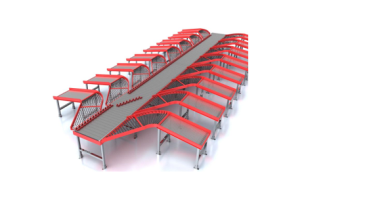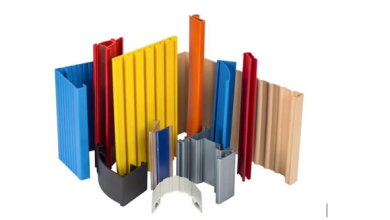Understanding the Difference Between E6010 and E7018

Selecting the proper electrode for stick welding (SMAW) is important to achieve strong welds with good penetration. E6010 and E7018 are two of the electrodes most frequently employed in industry. Though both are used to weld metals, both differ in their characteristics and properties which make them suitable for different applications. Knowing the difference between E6010 and E7018 welding wire ลวดเชื่อม is a great way to ensure you’re always making the right choice for any welding project.
Note: Welders and purchasing departments, looking for high-quality welding wire? Explore our wide selection of top brands and types at https://www.udo.co.th/category_product/กลุ่มลวดเชื่อม. Find the perfect solution for your welding needs today!
E6010: The Deep Penetrator
E6010 electrodes, in particular, do an excellent job of penetrating the base metal. They have a quick-freezing, high-energy arc that bites into the joint, which makes them good for when you are hot-pad welding or working with rusty or dirty metal and you need deep penetration. The 60 in E6010 represents a tensile strength of 60,000 pounds per square inch (psi), and the 1 indicates it is an all-position electrode. The last zero means the electrode to be used for DCEP current POLARITY.
Applications of E6010:
- Pipe Welding: E6010 is also often used in pipe welding because of its deep penetration capabilities; can tolerate poor surface conditions for root passes.
- Structural Welding It is also used in structural welding when strong, deep welds are needed.
- Repair Welding: Because E6010 burns through rust and contaminants so effectively, it is a particularly popular choice for repair work.
E7018: The Low-Hydrogen Choice
- Meanwhile, E7018 electrodes are designed to have a very low hydrogen content, reducing the risk of hydrogen-causing cracking in the weld. As the nickel content is high it resists cracks in the welding of high carbon and also low alloy steels, so it is a good choice for these applications. E7018: This electrode is also an all-position electrode and has 70,000-psi tensile strength (as 70 is one of the designators). The “1” indicates it can be used with either alternating current (AC) or DCEP (direct current electrode positive) polarity, and the final “8” is the iron powder added to the flux coating which improves arc stability and increases the rate of weld deposition.
- Applications of E7018:
- High strength (low alloy) steels: The low hydrogen properties of E7018 makes it suitable for welding high strength, low-alloy steels.
- This typically is employed with critical welds; welds where cracking needs to be minimal.
- General Fabrication – E7018 electrodes are a very versatile electrode – excellent choice for many fabrication projects
Key Differences Between E6010 and E7018
| Feature | E6010 | E7018 |
| Penetration | Deep | Moderate |
| Hydrogen Content | High | Low |
| Arc Characteristics | Forceful, fast-freezing | Smooth, stable |
| Preferred Polarity | DCEP | AC or DCEP |
| Typical Applications | Pipe welding, structural welding, repair | High-strength steels, critical welds, fabrication |
Choosing the Right Welding Wire
- The Choice Between E6010 and E7018 Will Differ For You:
- Penetrate not control hydrogen? E6010 is your go-to.
- If working with high-strength or class 3 steels? Opt for E7018.
- If you would like a really versatile electrode? E7018 – Meant for most general purposes.
Conclusion
Being aware of the contrasts in E6010 and E7018 welding wire ลวดเชื่อม allows you to use the correct one for your project. The performance and longevity of your work may depend on just the right electrode, whether you are working on a tough pipe weld or a key structural component. If you opt for high-quality welding wire, acquired from a trustworthy supplier like [Your Company Name] available at www. udo. co.th for best results.





